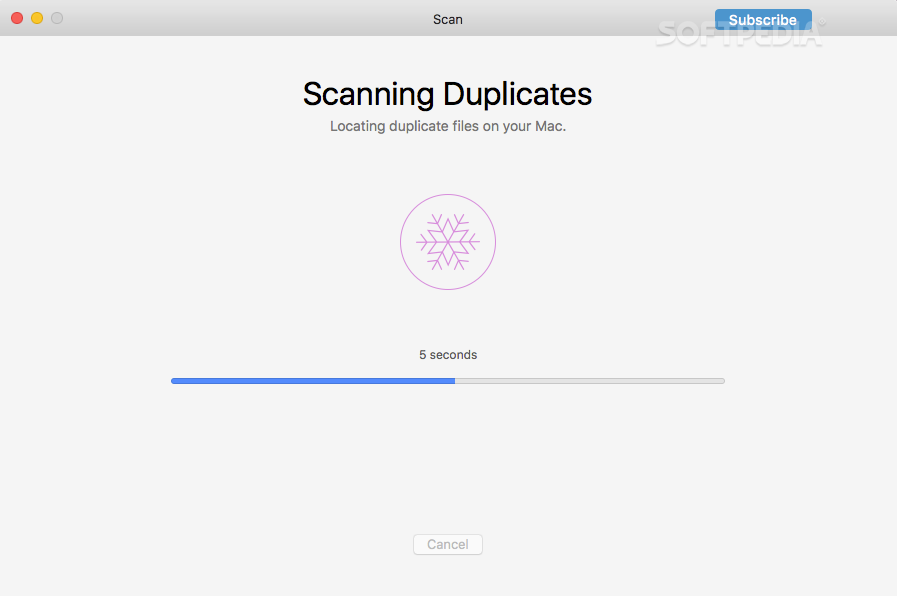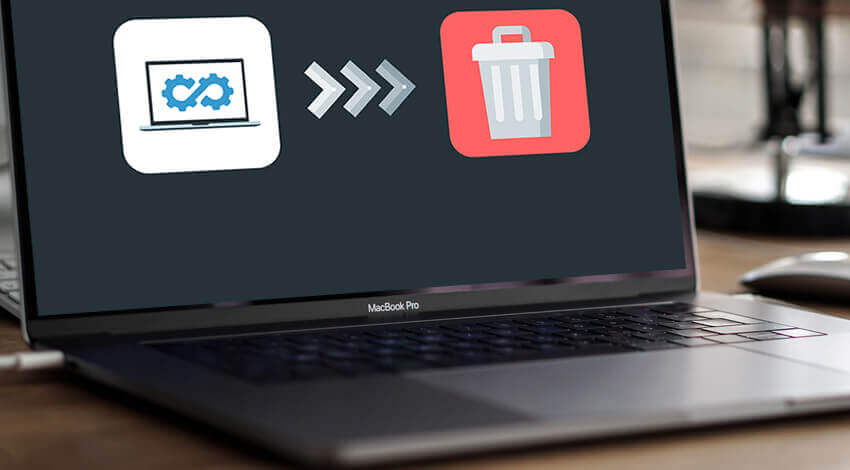
- #Macfly pro stuck on calculating how to#
- #Macfly pro stuck on calculating install#
- #Macfly pro stuck on calculating upgrade#
- #Macfly pro stuck on calculating pro#
Scroll to the Cleaner section and run a Memory cleanup.
#Macfly pro stuck on calculating pro#
This won’t solve all of your problems, but will definitely give your Mac an easier time.Īlternatively, you can take advantage of MacFly Pro that you’ve installed during the previous step. Whenever your Mac starts slowing down due to shortage of RAM, bring up Activity Monitor and start closing unused apps with the “X” button. This will be your bread and butter if you want to manage available memory manually. Launch Activity Monitor from the LaunchPad or using Spotlight and switch to the Memory tab.
#Macfly pro stuck on calculating how to#
If you are stuck with the non-upgradeable RAM, you best bet is on learning how to manage it. This is by far one of the easiest and quickest ways of freeing up disk space on Mac.

All of the files can be safely removed with no hard to your system. Remove as many files as you need from the list of suggestions.

MacFly Pro will suggest a bunch of things that you can remove to make more room on your drive - it can be anything from unneeded localization data, to countless file duplicates spread all over your system. Now that you’ve got the numbers down, let’s get to cleaning.ĭownload MacFly Pro, that comes with a free trial, and run a comprehensive system scan from the Smart Assistant tab. You can also hit Manage… to access a few basic storage management options, but it’s likely safe to assume that you’ve already explored every tool provided. Click on Apple Menu > About this Mac > Storage to get an overview of what’s going on with your storage. Yet before you get to cleaning and uninstalling a bunch of stuff - check up on how much space you actually have. There is a number of ways how you can make more storage on your computer. Now that the causes of why is Mac running very slow are determined, let’s have a rundown of ways to get your MacBook back in shape. The reason behind it can be as simple as wrong laptop placement or dust. This results in slower clock speeds and therefore lower performance. When put under stress temperature, there is only so much a CPU can take before throttling down until the heat is put away. It shouldn’t come as a surprise that hardware components don’t do too good of a job when exposed to excessive heat.

The final issue (at least mentioned on this list) is heat problems. That’s bad news for those of you stuck with older 2GB to 4GB versions, as RAM management will have to become your second nature if you don’t want your system performance bottlenecked by the lack of memory. Most of latest MacBook lineups come with RAM soldered on to the logic board. Mainly because not all Macs have upgradeable RAM slots. Unlike the case with the storage, lack of RAM is harder to deal with. Which brings us to the next potential cause. The amount used up by the OS will also vary based on the RAM installed. MacOS also uses that storage as virtual memory to swap files.
#Macfly pro stuck on calculating install#
The absolute minimum would be 5GBs of free space at all times in order for OS X to install updates etc. Macs require free drive space to operate decently. This is an approximate number of course, as it will vary depending on the amount of RAM that you have installed and your total storage. It is advised to keep at least 10% to 20% of your disk free at all times. What makes it fortunate is the fact that fixing the issue relatively easy. Lack of Free Storageįortunately, the most common reason of Mac being slow is lack of storage.

Let’s take a look at a few common causes that result in slow MacBook performance. Your very first step towards curing the acquired sluggishness of your MacBook should be finding the source of the problem (or a list of sources for that matter).
#Macfly pro stuck on calculating upgrade#
While at a certain point the need for an upgrade becomes inevitable, there is a number of things you can do to get the most of your Mac’s performance. Sadly, Macs are not failure-proof and tend to lose some of their efficiency with the course of time. Those who own a Mac know - it’s a system that is as close to being failure-free as it gets.


 0 kommentar(er)
0 kommentar(er)
